Photos from Field Research
I have selected a few of the more politically symbolic pictures I took during my fieldwork in Germany, Russia, and Turkey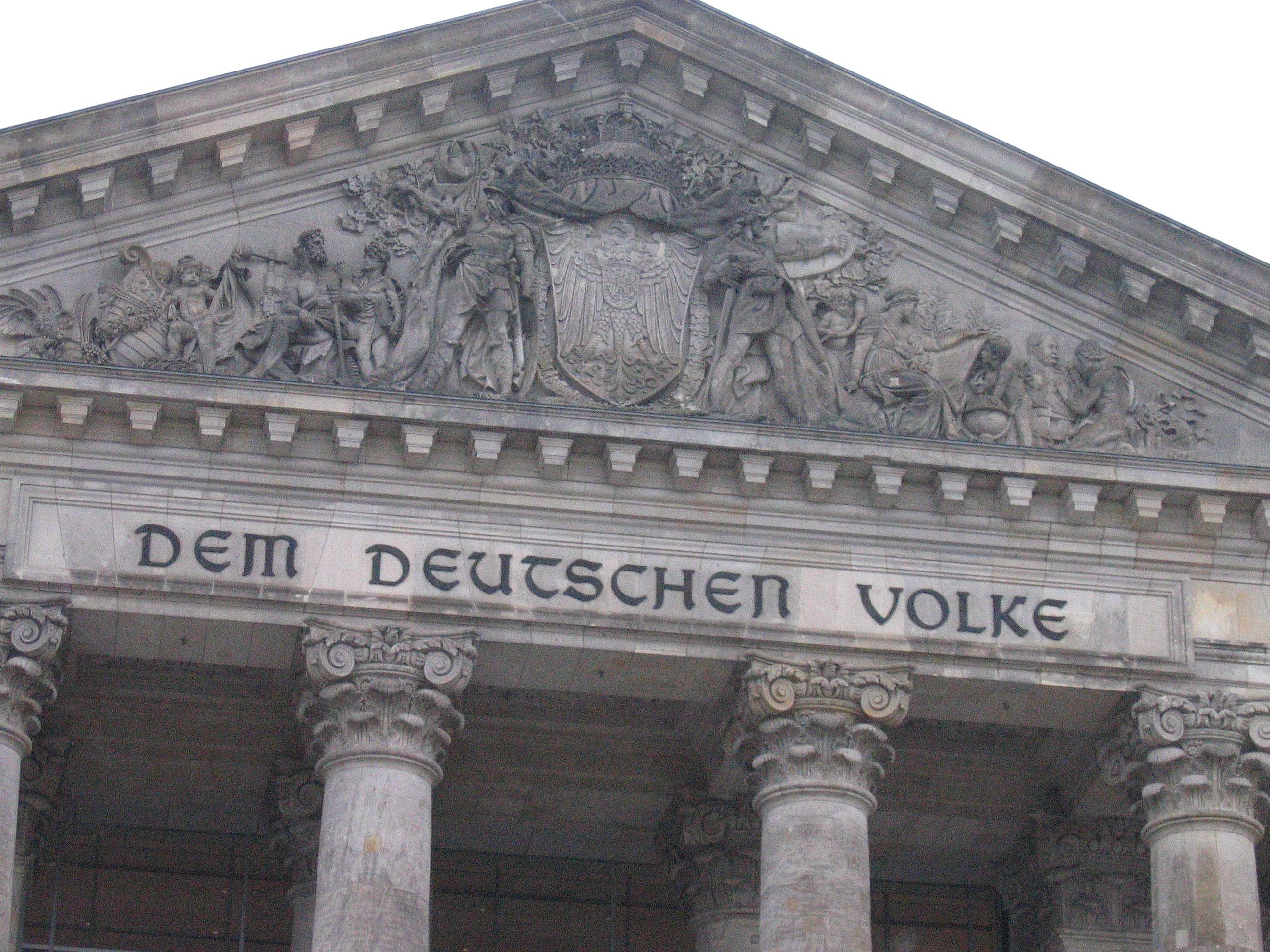 German Parliament: The inscription on the facade reads
"To the German People (Volk)", in German.
German Parliament: The inscription on the facade reads
"To the German People (Volk)", in German.
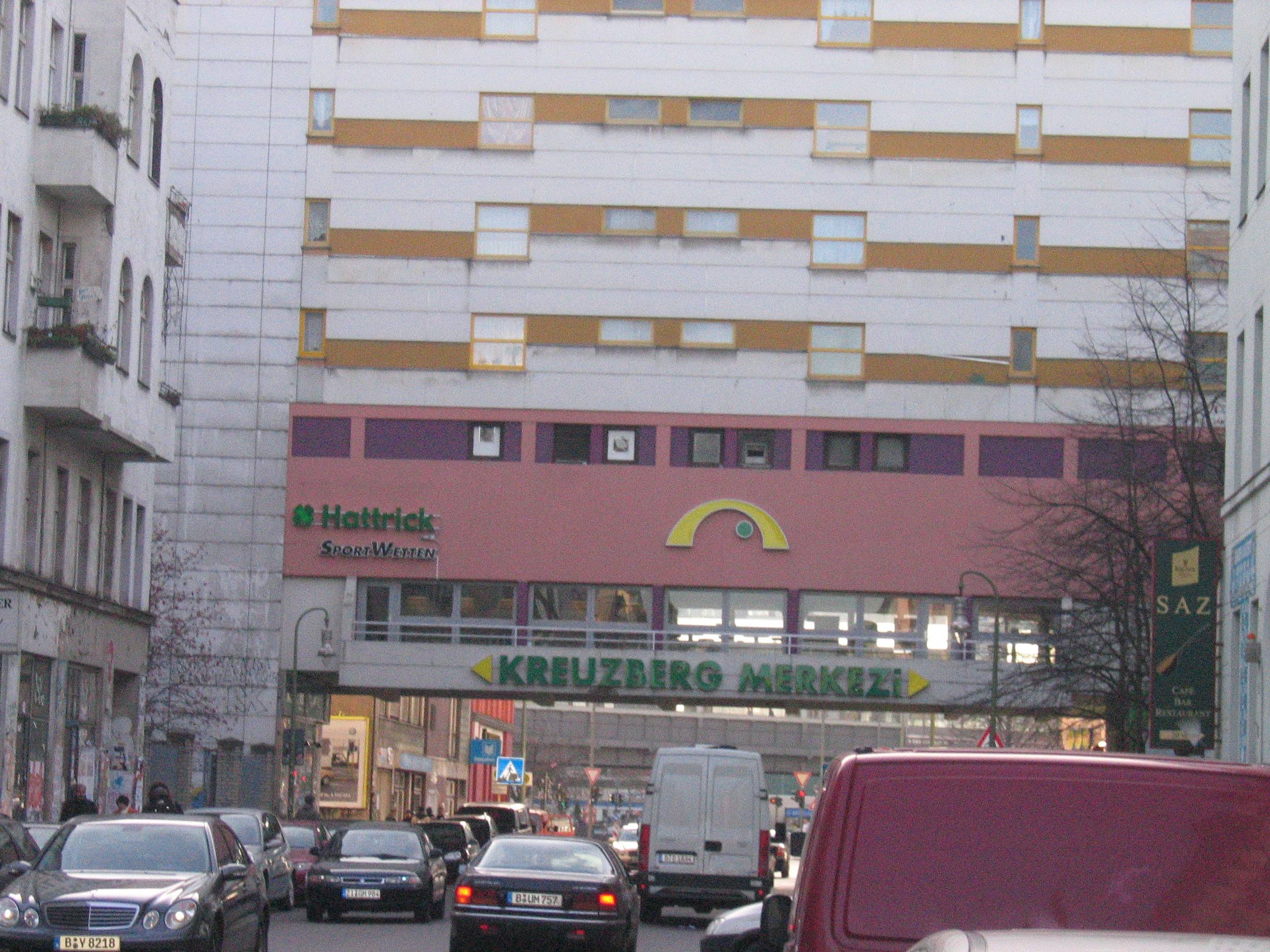 Kreuzberg, Berlin. Entrance of the Turkish neighborhood in Berlin. The inscription on this gigantic public housing project reads, "Kreuzberg Center", in Turkish.
Estimates of immigrants from Turkey permanently residing in Germany vary between 2.7 and 3.5 million (3.5%-4.5% of the total resident population).
Kreuzberg, Berlin. Entrance of the Turkish neighborhood in Berlin. The inscription on this gigantic public housing project reads, "Kreuzberg Center", in Turkish.
Estimates of immigrants from Turkey permanently residing in Germany vary between 2.7 and 3.5 million (3.5%-4.5% of the total resident population).
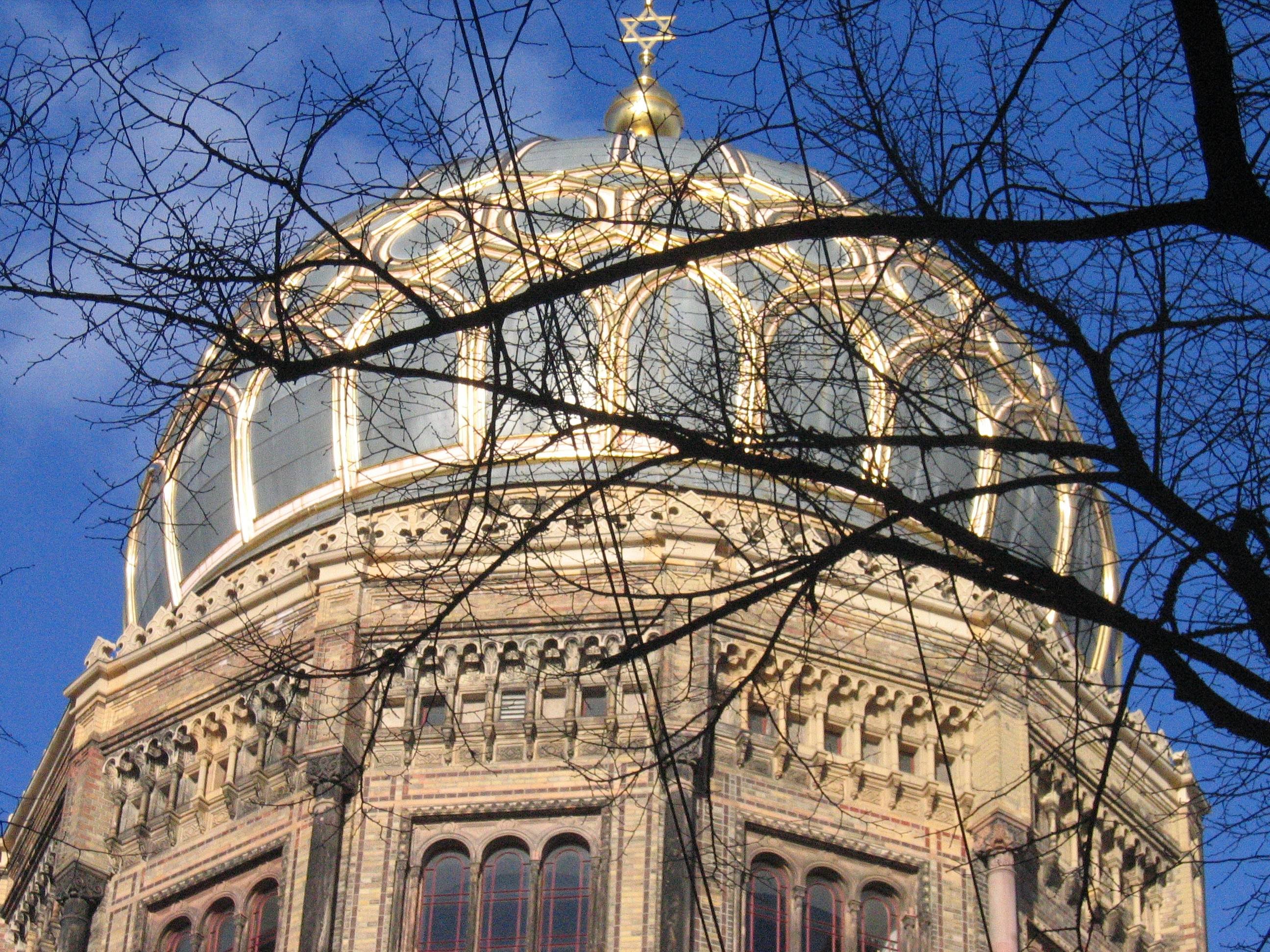 Oranienburger Street (former Jewish Quarter), Berlin.
The New Synagogue. A reminder of past ethnic and religious diversity, the New Synagogue was destroyed during the Kristallnacht in 1938, and only partially renovated in the late 1980s. It does not function as a synagogue anymore
Oranienburger Street (former Jewish Quarter), Berlin.
The New Synagogue. A reminder of past ethnic and religious diversity, the New Synagogue was destroyed during the Kristallnacht in 1938, and only partially renovated in the late 1980s. It does not function as a synagogue anymore
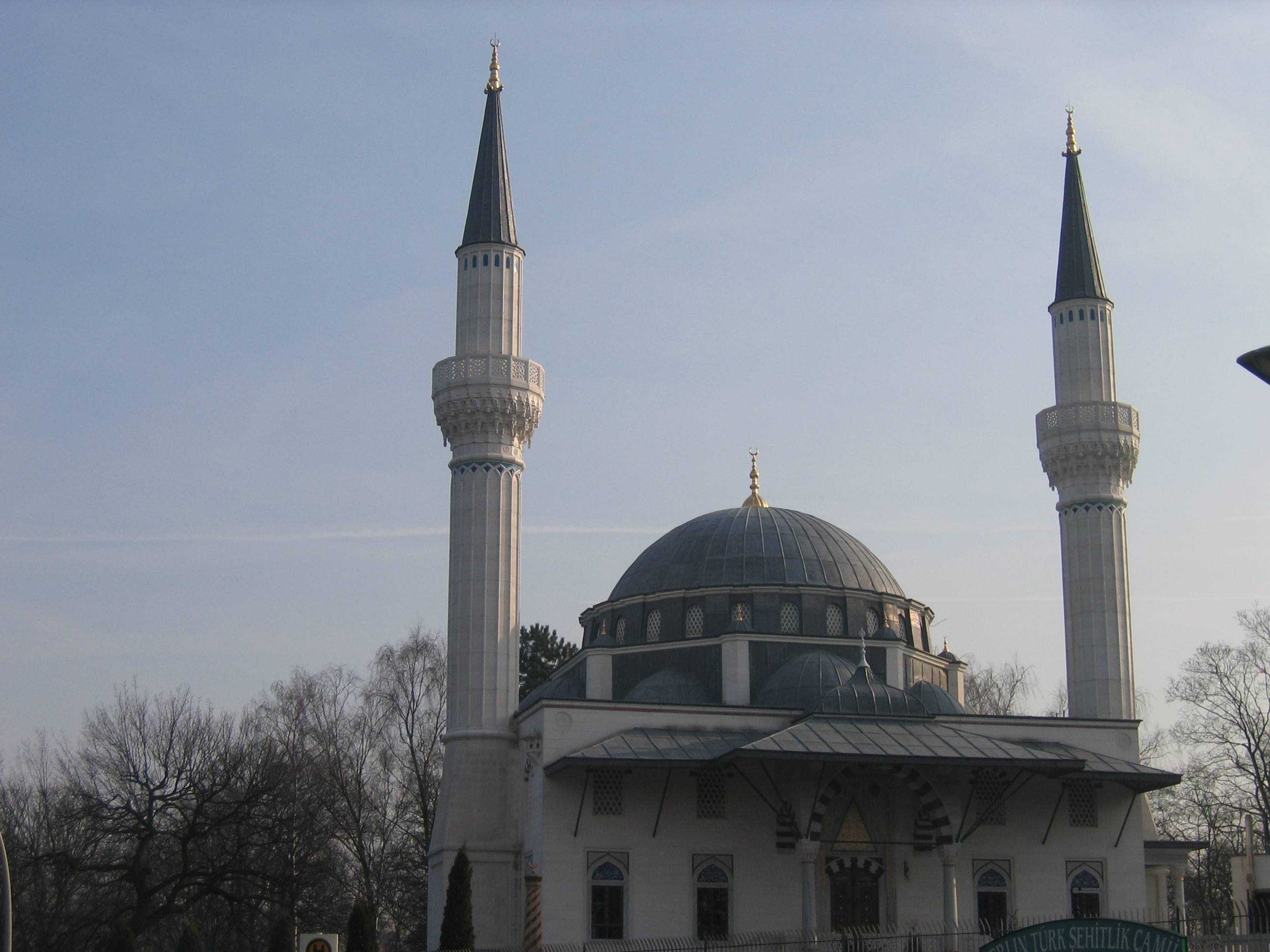 Sehitlik Camii, Berlin, Tempelhof.
Sehitlik Camii (The Mosque of the Martyrs) was the only mosque in Berlin with minarets at the time of my visit. Sehitlik Mosque was built on the property allocated for the Ottoman soldiers who died fighting for Germany in various fronts during the First World War (Ottomans were allied with Germany). Later, another mosque with a minaret was built by the Ahmadiyya community in Pankow.
There are, on the other hand, over a hundred mosques without minarets in Berlin.
Sehitlik Camii, Berlin, Tempelhof.
Sehitlik Camii (The Mosque of the Martyrs) was the only mosque in Berlin with minarets at the time of my visit. Sehitlik Mosque was built on the property allocated for the Ottoman soldiers who died fighting for Germany in various fronts during the First World War (Ottomans were allied with Germany). Later, another mosque with a minaret was built by the Ahmadiyya community in Pankow.
There are, on the other hand, over a hundred mosques without minarets in Berlin.
 Cathedral of Christ the Savior (the biggest church of Russia), Moscow.
The New Orthodoxy, rebuilt. Originally built (with a significant delay) to thank God for saving Moscow and Russia from the Napoleonic armies, the biggest church of Russia was dynamited by Stalin, to be replaced by a futuristic monument celebrating the Soviet Union. However, the place was kept as an open swimming pool instead. After the dissolution of the Soviet Union, the church was rebuilt.
Cathedral of Christ the Savior (the biggest church of Russia), Moscow.
The New Orthodoxy, rebuilt. Originally built (with a significant delay) to thank God for saving Moscow and Russia from the Napoleonic armies, the biggest church of Russia was dynamited by Stalin, to be replaced by a futuristic monument celebrating the Soviet Union. However, the place was kept as an open swimming pool instead. After the dissolution of the Soviet Union, the church was rebuilt.
 Celebrating ethnic diversity: A billboard next to Red Square advertises a festival of Balkar culture ("Balkaria"). Kabardin-Balkar autonomous republic is located in the north Caucasus, west of Chechnya and Ingushetia. Soviet Union had and the Russian Federation still has one of the most thorough official recognition and institutionalization of ethnic diversity at multiple levels of state structures, most spectacularly manifest in the patchwork of numerous ethnically defined administrative units (autonomous republics, oblasts, okrugs).
Celebrating ethnic diversity: A billboard next to Red Square advertises a festival of Balkar culture ("Balkaria"). Kabardin-Balkar autonomous republic is located in the north Caucasus, west of Chechnya and Ingushetia. Soviet Union had and the Russian Federation still has one of the most thorough official recognition and institutionalization of ethnic diversity at multiple levels of state structures, most spectacularly manifest in the patchwork of numerous ethnically defined administrative units (autonomous republics, oblasts, okrugs).
 Protesters against President Putin in Pushkin Square, Moscow.
A demonstration organized by Drugaya Rossiya (Other Russia) drew protesters of radically different ideological positions, from radical left to radical right, together.
Protesters against President Putin in Pushkin Square, Moscow.
A demonstration organized by Drugaya Rossiya (Other Russia) drew protesters of radically different ideological positions, from radical left to radical right, together.
 Celebrating Russia Day in the Red Square. A concert in the Red Square celebrates the Russia Day.
Celebrating Russia Day in the Red Square. A concert in the Red Square celebrates the Russia Day.
 Old Believers' Church.
Consisting of those who refused reforms in Russian Orthodox Church and belief system under Patriach Nikon during the time of Peter the Great ("Raskol"-Schism) are known as the Old Believers. Despite centuries long persecution under the Tsars and Bolsheviks, they survived to this day.
Old Believers' Church.
Consisting of those who refused reforms in Russian Orthodox Church and belief system under Patriach Nikon during the time of Peter the Great ("Raskol"-Schism) are known as the Old Believers. Despite centuries long persecution under the Tsars and Bolsheviks, they survived to this day.
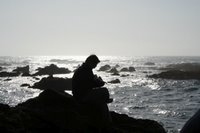 After 13 months of research and travel in Eurasia, back to the New World.
Contemplating by the Pacific. Mendocino, California.
After 13 months of research and travel in Eurasia, back to the New World.
Contemplating by the Pacific. Mendocino, California.

